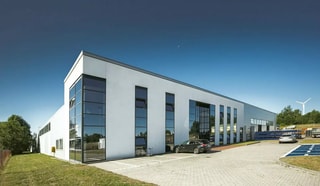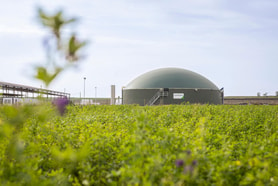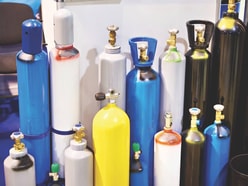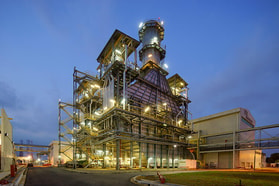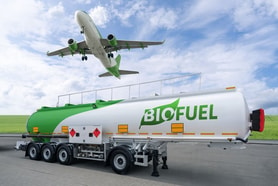Space system propellant breakthrough
A European Space Agency-funded study has concluded that air liquefaction plants for a space transportation system’s first-stage carrier aircraft, are possible within the mass limits required and could now lead to a breakthrough in the propellant of space aircraft.
The study, involving Universite Libre de Bruxelles (ULB)of Belgium, developed a two-stage launch system concept that incorporates liquefaction. The plant’s main mass drivers are the heat exchangers, of which there would be three and these have been a focus of the ESA study.
The first stage would collect air, liquefy it and separate the nitrogen, producing 10kg/s (22lb/s) with a 10,000kg (22,000lb) onboard liquefaction plant. The advantage of such a system is that the preferred liquid-oxygen propellant does not have to be carried from the ground. Once collected, the oxygen-enriched liquefied air is stored in the second-stage reusable orbiter vehicle.
The system has a dual-hull, hydrogen-fuelled aircraft using 6 General Electric 90b engines as the carrier aircraft. Between its two fuselages under the wing, it would carry an orbiter vehicle fuelled only with liquid hydrogen with a total mass of 90,000kg.
$quot;ESA funded this under its general studies programme. We are continuing to work on the collection plant. This is possible using today’s or near-future technologies,$quot; says ULB researcher Dries Verstraete.
Verstraete also said the researchers had compared their first-stage carrier aircraft design and mass with a similar Russian vehicle called Herakles and found them to be comparable.
... to continue reading you must be subscribed



